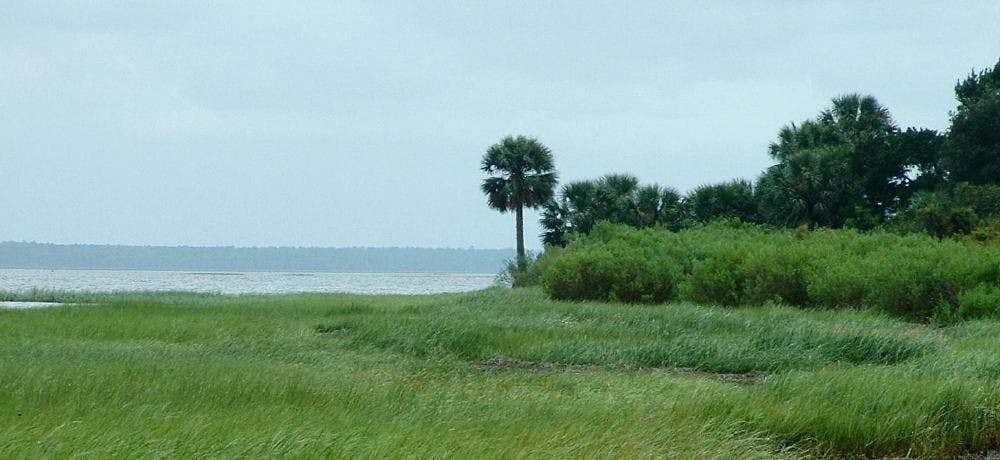There’s been a lot of controversy lately over the allocation of Amendment 1 money.
Calls and emails from concerned supporters statewide have made an impact, and funds allocated for land acquisition have been higher this week than previously expected.
There is still a long way to go, but as I am not familiar enough with the intricacies of state budgeting to say what should be done in detail, I’m going to focus on a related current event: the sudden availability of a 560,000 acre swath of mostly pristine land in the Big Bend for purchase.
The largest contiguous tract of undeveloped land east of the Mississippi, it is about ¾ the size of Rhode Island and was once used to grow pulpwood for Pampers diapers. Parts of it are used for tree farming, which grosses fifty million dollars a year, and the rest is undeveloped. It is expected to sell in parts over the years, for a total of around a billion dollars (a little under two grand an acre).
This is exactly the situation Amendment 1 funds should be used for. A large, cheap parcel of habitat in a currently undeveloped area could be preserved intact.
While intended Amendment 1 funding for land acquisition could have bought the land all on its own over the course of a few years, there are options that could be combined to protect it.
The federal government, Nature Conservancy, and other NGOs can provide some funds in addition to those allocated by the state. Another option is to continue tree farming operations on the property, and use profits from that to pay back the purchasing and management costs and fund further conservation efforts.
Regardless of how it’s accomplished, this area is the largest remaining tracts of unprotected habitat in the state and should be protected.
St Mark's National Wildlife Refuge






